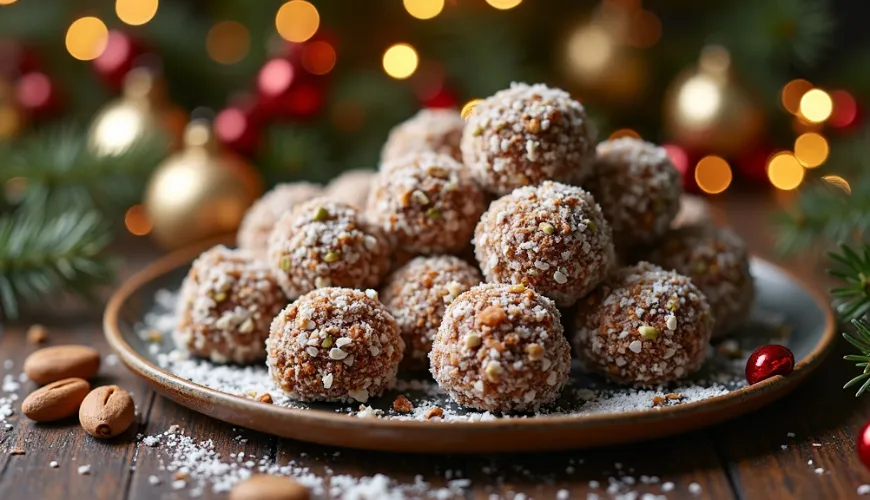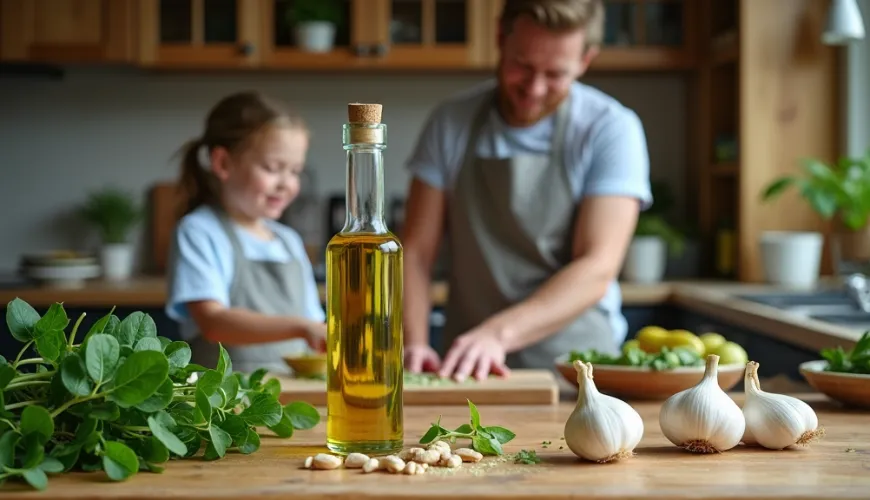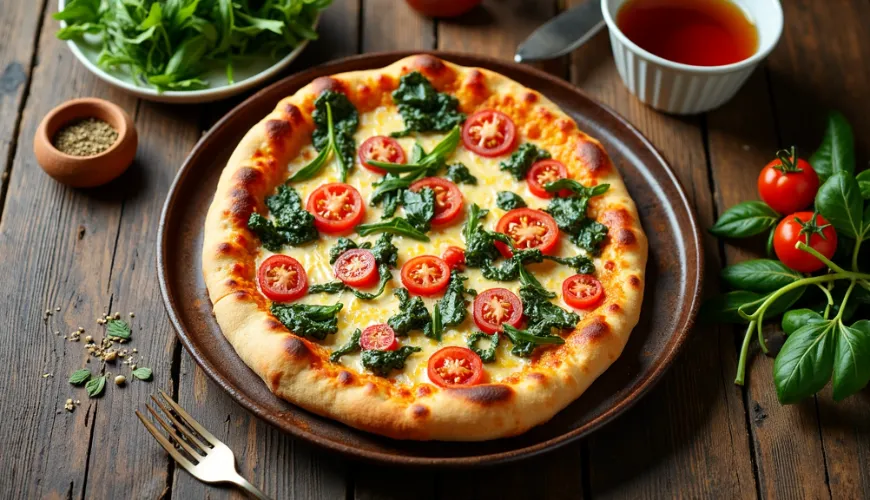
Discover the magic of homemade wild garlic pesto and its uses

Wild Garlic Pesto - A Seasonal Treasure from Nature Not Just for Pasta
With the arrival of spring, one of the most popular wild herbs of recent years, wild garlic, begins to green in Czech forests. Its fresh, garlic aroma and delicate leaves signal that nature is awakening to life. For many health-conscious enthusiasts, it’s also a challenge. A basket in hand, heading into the shade of damp woods where this inconspicuous plant hides. It can only be harvested a few weeks a year, but with a simple homemade recipe, you can preserve its flavor for much longer – perhaps in the form of wild garlic pesto.
Why Does Wild Garlic Deserve a Place in Your Kitchen?
Wild garlic (Allium ursinum) has recently become a hit among fans of natural foods and alternative medicine. And it's no wonder – it contains high amounts of vitamin C, iron, and antioxidants. Its strong antibacterial effects were appreciated by our ancestors, who added it to spring soups and salads as a natural immunity booster after a long winter.
The leaves of wild garlic can be consumed raw or cooked. One of the most popular ways to process it is by making homemade pesto, which can be easily prepared, stored in the fridge, or frozen for use any time throughout the year.
Recipe for Wild Garlic Pesto
Unlike the classic basil pesto known from Italian cuisine, wild garlic pesto has a more intense, spicier flavor. However, you can adjust the basic recipe to suit your taste and pantry contents.
Basic Recipe for Wild Garlic Pesto:
Ingredients:
- approx. 100 g fresh wild garlic leaves
- 50–70 g nuts (most often walnuts, but cashews or sunflower seeds are also great)
- 50 g grated Parmesan or other hard cheese
- 150 ml quality olive oil
- a pinch of salt
- possibly a few drops of lemon juice
Put all the ingredients in a blender and mix to the desired consistency. Some prefer smooth pesto, while others like it coarser, with pieces of nuts. Pour the resulting pesto into a clean jar and cover the surface with a little olive oil to prevent oxidation.
Prepared this way, the pesto will last in the fridge for up to two weeks, but it can also be frozen in smaller portions – for example, in ice cube trays. This ensures a supply of delicious and healthy meal additions for weeks ahead.
Using Wild Garlic Pesto in the Kitchen
You might think: “Okay, I have pesto. But what else can I do with it besides pasta?" And that’s where the real fun begins. Wild garlic pesto has much broader uses than it might seem at first glance.
It is ideal not only for pasta but also as a spread on bread, a base for pizza or savory pies. It excellently flavors creamy soups, potatoes, risotto, or roasted vegetables. Some gourmets even add it to the batter for homemade gnocchi or mix it into butter to flavor grilled dishes.
One mother from Central Bohemia, for instance, discovered the magic of pesto as an ingredient in risen dough for homemade bread. “A little pesto mixed into the dough gives it a beautiful green color and wonderful aroma. The kids love it when I put a slice of such bread with cheese in their lunchbox," she says with a smile.
Pesto is also suitable as a base for a simple spring salad. Just blanch green beans, add a few cherry tomatoes and a boiled egg. Season with a spoonful of pesto, and you have a light but nutritious meal. It also complements roasted meat or fish – like salmon or trout.
We shouldn’t forget its use in baked dishes – try adding it to lasagna instead of béchamel or lightly spread it over potatoes before baking in the oven. It’s a simple way to add a healthy element and unique flavor to everyday meals.
Harvesting Wild Garlic
Since it is a wild plant, a few basic rules must be followed when harvesting it. Wild garlic grows most commonly in moist deciduous forests, along streams, and in floodplain areas. We only collect the leaves – ideally before it starts flowering. After flowering, it loses its tenderness, and the flavor becomes more pronounced, even pungent.
It is also important to wash the leaves thoroughly, as we are moving in the wild. And above all – do not confuse wild garlic with lily of the valley or autumn crocus, which are poisonous. The difference is in the smell – a fresh wild garlic leaf, when rubbed between fingers, smells distinctly of garlic, while lily of the valley or autumn crocus does not.
In some protected areas, collecting is prohibited, so it’s advisable to check in advance whether collecting is allowed in the given location. Respect for nature is essential – never pick entire plants, but just a few leaves from each so they can continue to grow.
Health Benefits Worth Mentioning
Although wild garlic is primarily a culinary delicacy, its health effects are notable. It contains sulfur, which has detoxifying effects, helps cleanse the blood, and supports liver function. Traditionally, it has been used to treat high blood pressure and improve digestion.
The fresh form of pesto is also ideal for a spring cleanse – the combination of healthy fats from nuts and olive oil, vitamins from the green leaves, and minerals from the cheese offers balanced natural superfoods in one bite. At a time when most people are trying to reduce artificial flavorings and switch to more natural foods, wild garlic pesto is an elegant solution.
A well-known Czech botanist, Professor Václav Větvička, once said: “When something grows by the water, smells like garlic, and tastes like spring, it’s a gift that shouldn’t be left to waste." And wild garlic is undoubtedly such a gift.
Next time you go for a walk in the forest and catch a gentle garlic scent in the air, you might not be able to resist the temptation to take a few leaves home. Whether you turn them into pesto, stir them into soup, or serve them with roasted potatoes, one thing is certain – you’ll bring a piece of the forest and spring directly to your plate.

